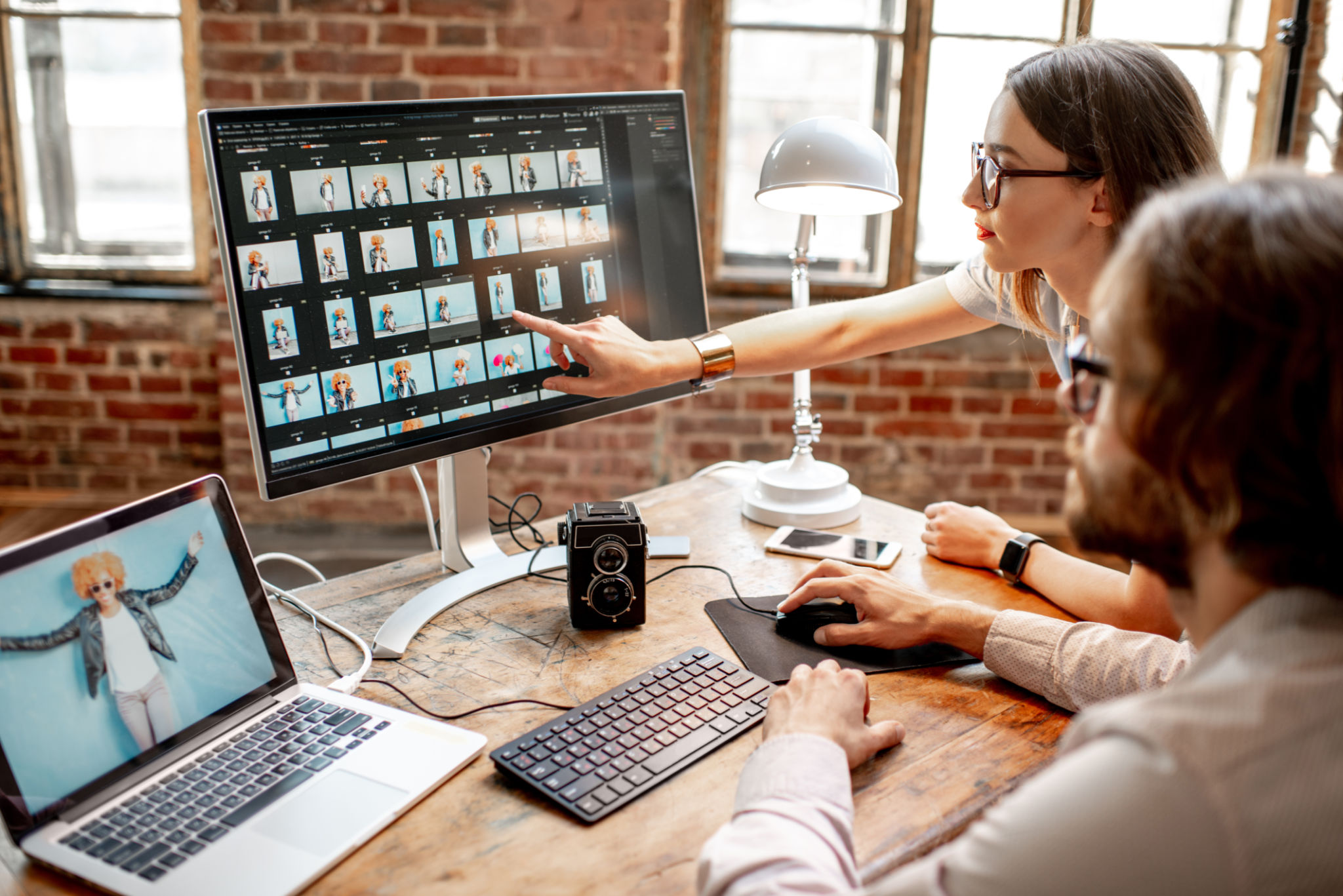Common Photography Misconceptions and How to Avoid Them
Understanding Exposure and Lighting
One of the most common misconceptions in photography is that all you need is good equipment to take great photos. While having a quality camera can make a difference, understanding exposure and lighting is crucial. Exposure refers to how much light reaches your camera sensor, and it's influenced by three factors: aperture, shutter speed, and ISO. Knowing how to balance these elements will help you capture well-lit images.
Many beginners also believe that natural light is always better than artificial light. While natural light can be beautiful, especially during the golden hour, sometimes artificial lighting can provide more control and consistency. Experimenting with different lighting setups can greatly enhance the quality of your photos.

The Myth of the Perfect Camera
There's a widespread belief that owning an expensive camera will automatically improve your photography skills. In reality, it's not about the camera but how you use it. Even professional photographers often rely on mid-range equipment and focus on honing their skills instead of chasing the latest technology.
Understanding your camera's settings and experimenting with different modes can yield better results than simply upgrading to the newest model. Remember, creativity and vision are just as important as technical specifications when it comes to capturing stunning images.
Editing vs. Reality
Another misconception is that editing is cheating or that a good photo doesn't need editing. In truth, post-processing is an essential part of modern photography. It allows photographers to enhance their images and bring their creative vision to life. However, the key is to use editing tools judiciously and avoid over-processing.

To avoid common editing pitfalls, aim for subtle adjustments that enhance the natural beauty of your images. Focus on correcting exposure, contrast, and color balance while preserving the authenticity of the scene you captured.
The Rule of Thirds Isn't Everything
Beginners often stick rigidly to the rule of thirds, believing it's the only way to compose a photo. While this rule provides a great starting point for composition, it's not the only guideline. Exploring other composition techniques like leading lines, symmetry, and framing can add depth and interest to your shots.
Don't be afraid to break the rules once you understand them. Some of the most striking images defy conventional composition norms, so trust your instincts and experiment with different perspectives.

Getting Caught Up in Gear
Lastly, many photographers become gear-obsessed, thinking they need every accessory available to take great photos. While certain tools can be helpful, they aren't necessary for every shoot. Instead, focus on mastering the basics and gradually adding gear as needed.
Understanding how to work with what you have can lead to more creativity and innovation in your photography. Remember, it's not about having the most equipment but about making the most of what you have.
